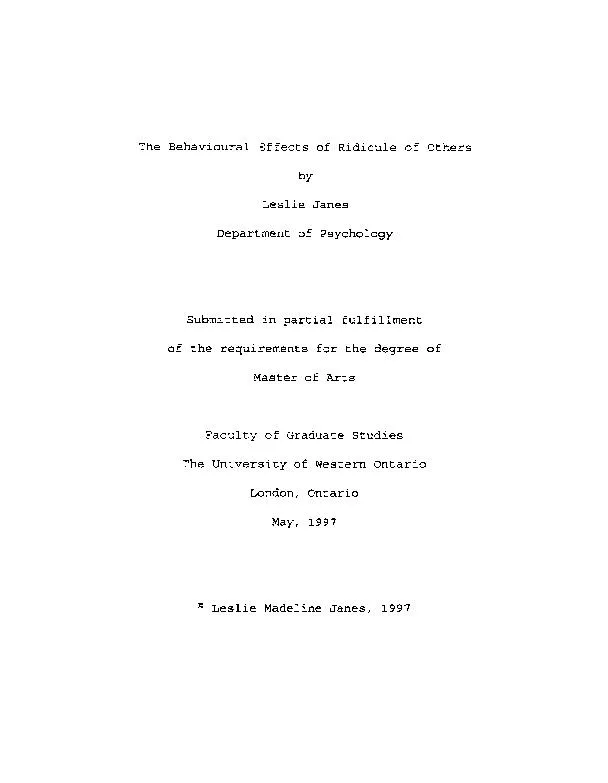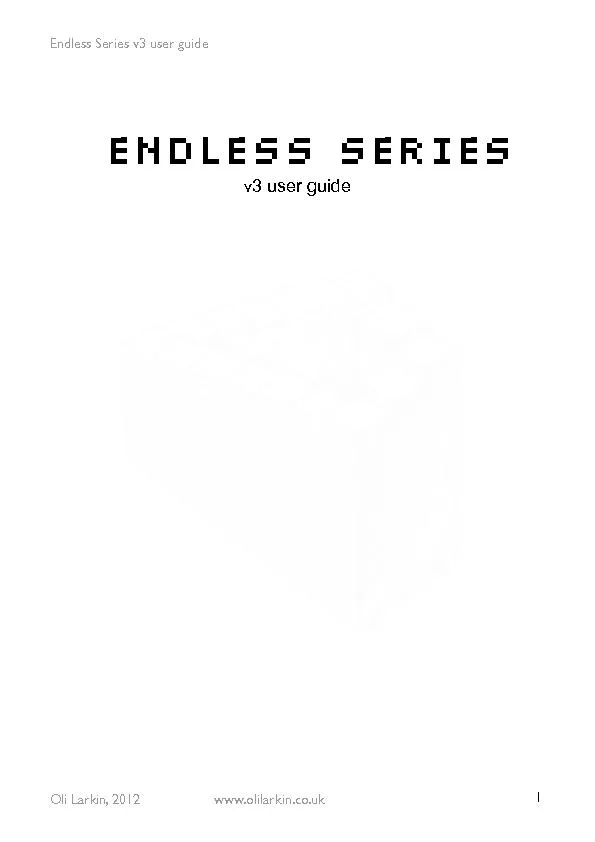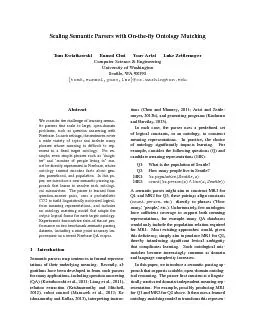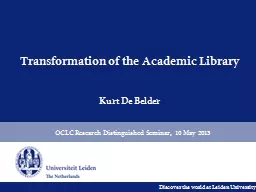PDF-National Library
Author : pamella-moone | Published Date : 2016-07-24
191 ofCanada Bibliothwue nationale du Canada Acquisitions and Acquisitions et Bibliographie services bibliographiques 395 nie Wellington Ottawa ON KI A ON4 OttawaON
Presentation Embed Code
Download Presentation
Download Presentation The PPT/PDF document "National Library" is the property of its rightful owner. Permission is granted to download and print the materials on this website for personal, non-commercial use only, and to display it on your personal computer provided you do not modify the materials and that you retain all copyright notices contained in the materials. By downloading content from our website, you accept the terms of this agreement.
National Library: Transcript
Download Rules Of Document
"National Library"The content belongs to its owner. You may download and print it for personal use, without modification, and keep all copyright notices. By downloading, you agree to these terms.
Related Documents














